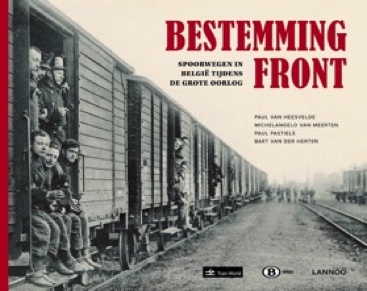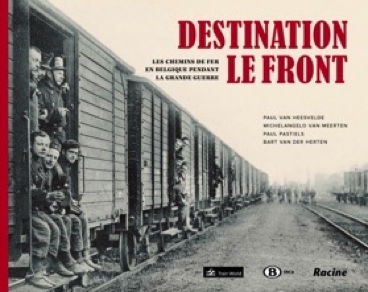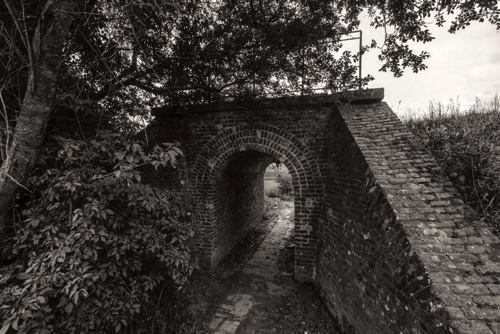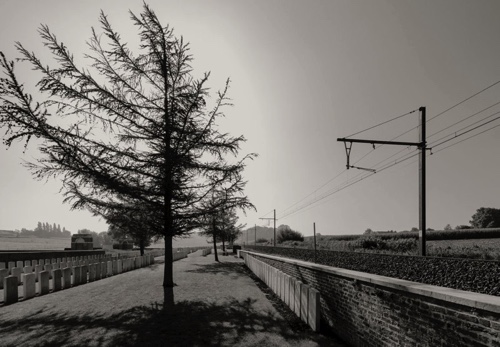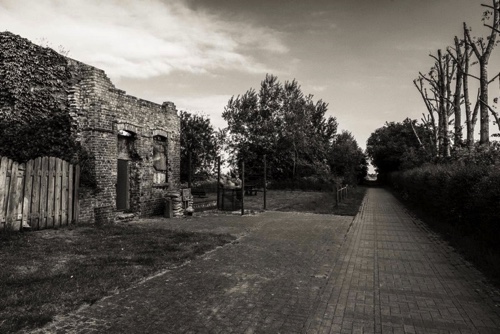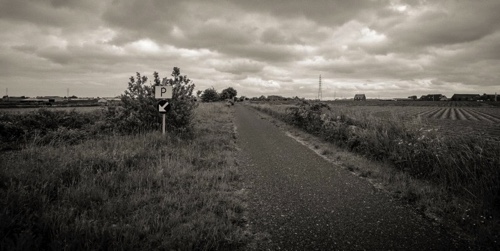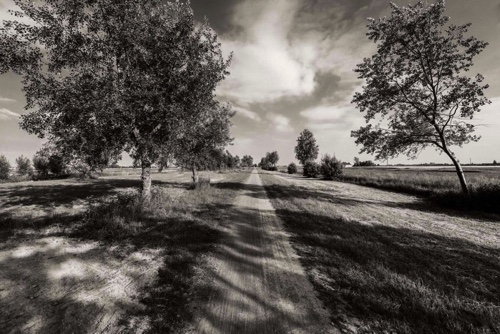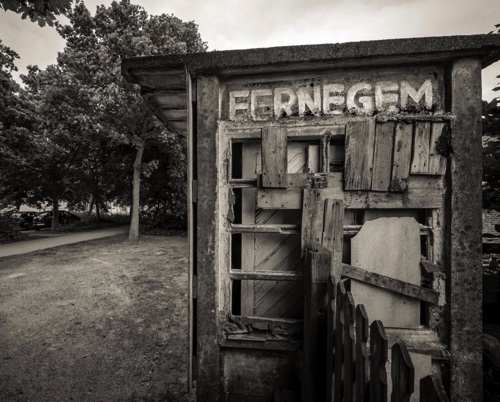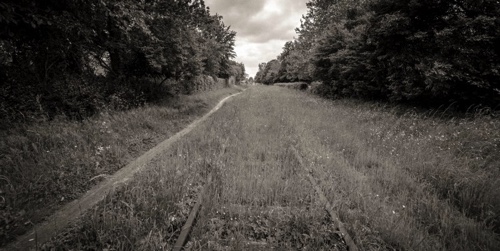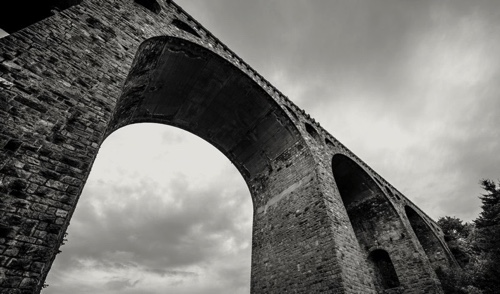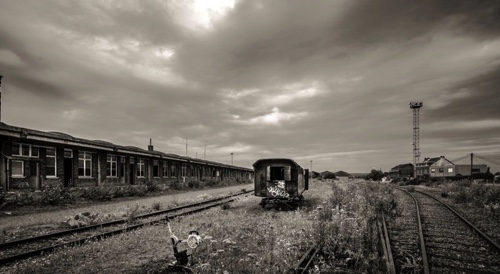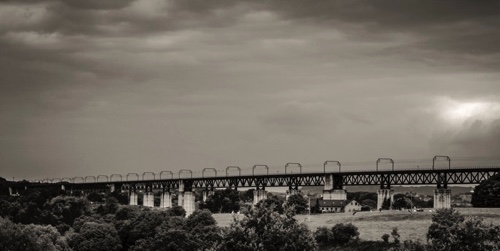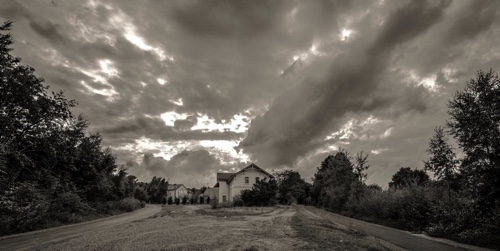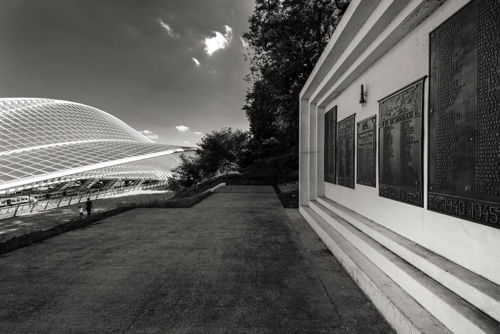PHOTŒIL
This is an interesting book, based mainly on the research for the PhD dissertation by Paul Van Heesvelde (VUB).
It is amazing to see how railway transportation had become so important in warfare, one may not forget that this was the first industrialized war in history. Strange to see how the enemy and the allied forces made use of the existing infrastructure in Belgium, how they adopted it to their needs, and how it suffered during the battles.
I was commissioned to revisit the sites where once intense crowds were laboring to supply the needs of war and, then, to evacuate the wounded.
So many hustle and bustle of incoming and leaving trains, howling steam whistles, nearby bombing and shouted orders!
Now everything was so quietly: birds singing, rustling trees, tall bridges, forgotten semaphores, rotten track sleepers and rusting stuff…
Hard to imagine that once a war flooded this land.
BESTEMMING FRONT - DESTINATION LE FRONT
A RAILWAY TOWARDS THE FRONT DURING WWI
